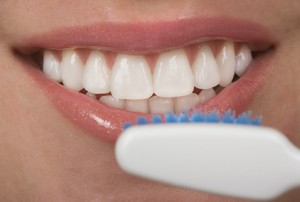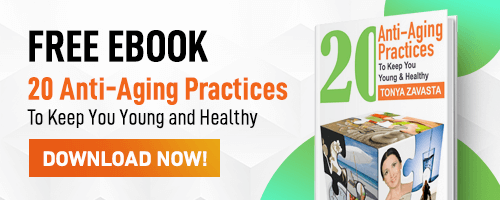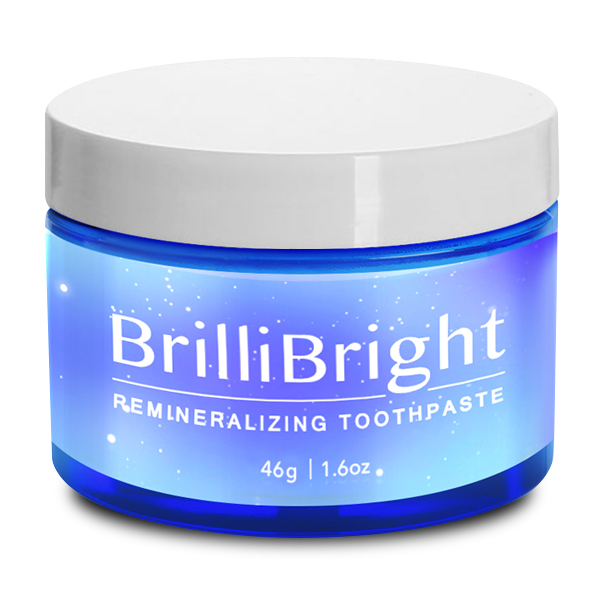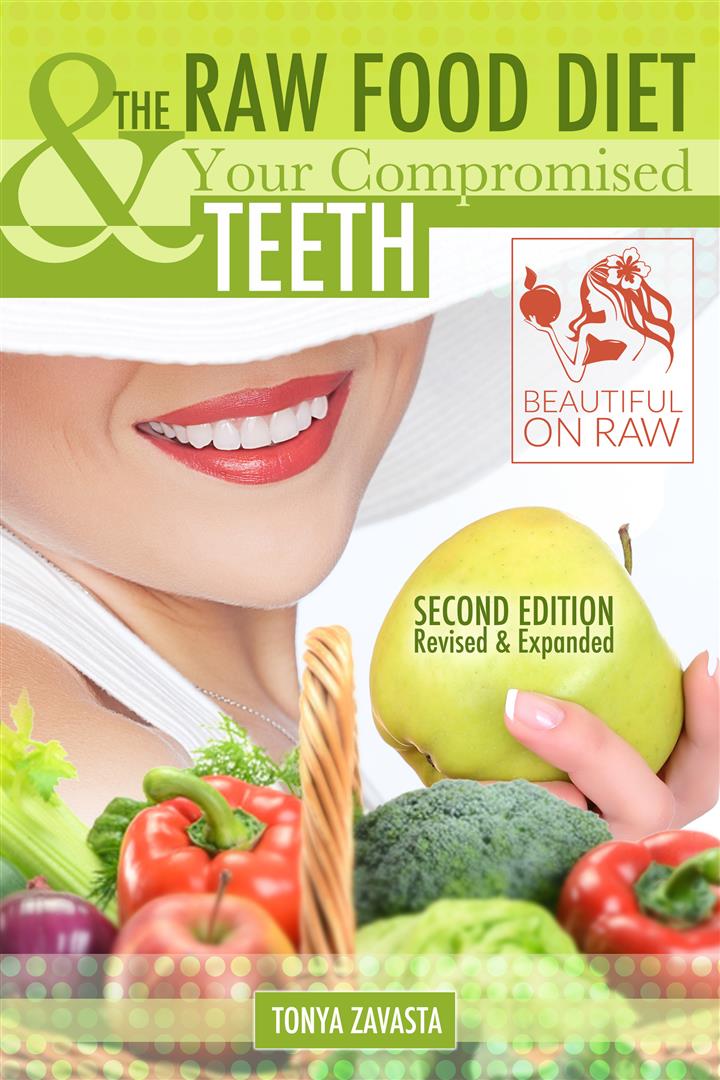Brushing Your Teeth: Yes there Is a Right Way!

Have you ever watched people brushing their teeth? What you’ll most likely see is this: Grab the toothbrush, apply a great fat wad of white or blue toothpaste, poke it in the mouth, brushing horizontally across the sides of the teeth, spit-rinse-spit, and done—the whole affair taking, for most adults, 30 to 45 seconds or even less. Not good enough.
Whether you’re still using ordinary commercial toothpaste or you’ve graduated to a higher quality dental balm, the principles of good brushing remain the same. Some tips to help make sure you’re doing it right …
Two minutes … 120 seconds … call this the minimum time for effective brushing. Most of us have heard the two-minute line before and most may think they go two minutes. Try it out sometime—bring a stopwatch with you. If you’re like most, you’ll cash in at well under two minutes, usually a minute or less. Once again: two full minutes, minimum.
Some seem to think the more toothpaste you use, the better the job you’ll do. It takes actually rather little of a good tooth cleansing product to do a thorough job. Moreover, many develop the habit of adding water, again and again, to their loaded toothbrushes. Beyond being unnecessary, this will actually dilute your success. My advice: None is the amount of water to add, usually.
Remember, too: You’re not just cleaning your teeth. You’re cleaning your mouth. Brushing your tongue—rarely done by most—is a great way to reduce germs and improve your breath. Even more worthy of attention are your gums. Healthy gums need both cleansing and stimulation. The gum-line is where much decay begins, not to mention gum disease.
What’s the best brush to use? … Three bits of advice here. First, go with a smaller-head brush—better for getting into tight corners. Second, go with a softer rather than a firmer brush—this helps get into crevices and is less irritating to gums. Third, faster, shorter strokes will give you more thorough cleaning.
But the real issue is the way you brush. First tilt your toothbrush at about a 45 degree angle to your gums and sweep the bristle tips back and forth, working on only two teeth at a time for 3-4 seconds before moving to the next pair of teeth. Be sure you clean the outside and the inside surfaces of your teeth and then take care of the chewing surfaces as well.
But don’t just stay above the gum-line. Start your down stroke on the gums, brushing outward as you sweep down the teeth. Brushing this way with any kind of toothpaste will deliver good cleansing. But brushing this way with a higher-quality, more advanced tooth balm will do much more. Using this technique with, for example, my own Bentonite Oral Balm … will allow the balm’s natural herbs to bring to your gums not only a good cleaning, but a soothing, antibacterial effect, thanks to the all-natural white oak bark, wheatgrass and chlorophyll it contains. We use, as well, the ultra-gentle bentonite as our polishing agent, as distinct from most standard toothpastes’ abrasive silica.
If you find or feel any kind of inflammation or bleeding, it must be addressed right away. If you are practicing the raw food diet and you have crowns, implants, bridges, or teeth otherwise compromised, there are a few dental care particularities that you must know about. You can save yourself a lot of trouble and money if you’re willing to learn from my research and experience. Check out my ebook: The Raw Food Diet and Your Compromised Teeth.



